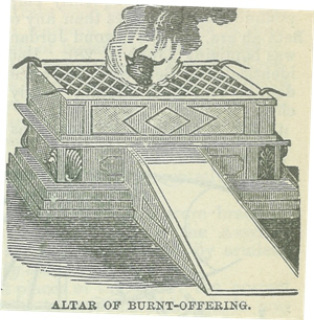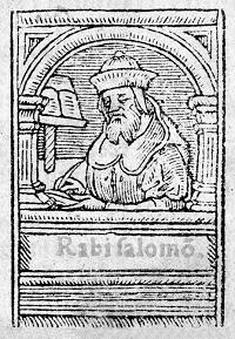Honestly, I'm not good at disconnected. I am a compulsive email checker, blog reader, and web surfer, so I'm expecting withdrawal symptoms to start some time tommorow morning when I realize that I don't know the Red Sox score.
All of this is to say that we face a problem today that no previous genration has known. We're the first human beings who have faced the spiritual challenge of choosing not to be constantly aware of events around the world, including revolutions, natural disasters, innovative ideas, and the video game scores of people we used to know in high school.
Our minds are pre-programmed for curiosity. instinctively, we want to know what's going on. Pulling the plug on that instinct is hard, but it is a skill I want to develop. Letting go of the electronic leash is a way of taking some control of what I fill my head with and what cravings I choose to indulge.
Wish me a good time away and wish me luck in the disconnected world.









 RSS Feed
RSS Feed
